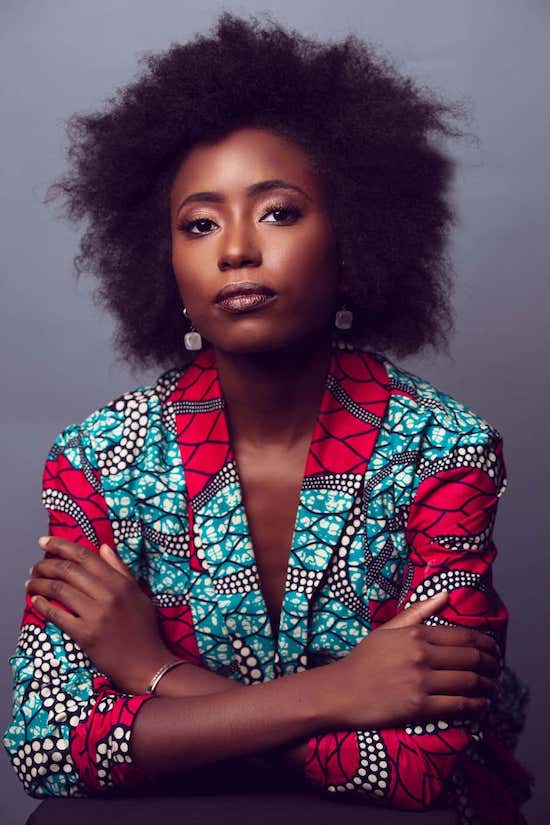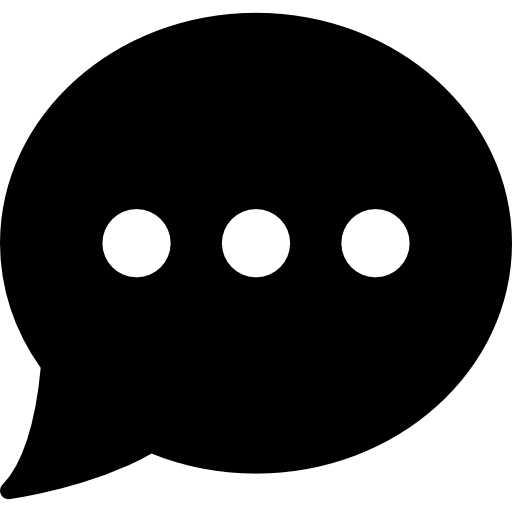
The Shapiro Center for Creative Writing and Criticism hosted Zakiya Dalila Harris, author of “The Other Black Girl” and the executive director of the novel’s Hulu series adaptation, on Tuesday, Feb. 4. Harris’s conversation with Director of the Shapiro Center Merve Emre was the latest installation of the 2024–25 Shapiro Speaker series “The Art of Editing,” which invites writers and editors to the University to discuss not only the different processes of editing across genres, but also the social and political engagements writers make with literary culture.
The event explored Harris’ journey from her experiences as an editorial assistant at Knopf Doubleday to her shift into writing speculative satire examining race in the publishing industry, as well as the process of adapting her novel for a television audience.
Born and raised in Hamden, Conn., Harris took an early interest in writing inspired by her family. Her father was a former journalist for the Hartford Courant, and her older sister, Aisha Harris, was also a writer and currently hosts a podcast for NPR.
“I studied English literature and minored in creative writing [at University of North Carolina at Chapel Hill (UNC)],” Harris said. “I thought about publishing later on when I graduated from UNC, because it’s hard, obviously, to just become a writer, right? Everyone dreams of writing the next big thing, and that someone is going to want to buy my idea—and you realize that there are a lot of hoops to go through.”
After graduating college, Harris received her MFA from The New School, where she discovered her love for nonfiction, beginning with personal essays and shifting toward her relationship to race and culture. It was also at The New School where she met professor and poet Hettie Jones, who encouraged Harris to enter publishing.
“[Hettie], first of all, was just a phenomenal lady,” Harris said. “I remember the class I took with her with an activism class—actually writing about activism—and I remember her saying to me once, ‘You know, your writing is so clear, I never need to edit it.’ That was maybe one of the best compliments I could have ever heard at The New School, because I just love the act of editing, whether it’s my own words or someone else’s words.”
Jones’s guidance and mentorship led Harris to her position at Knopf Doubleday, an imprint of Penguin Random House. Harris’s experiences—first as an editorial assistant, then an assistant editor—as often the only Black woman working in her department informed what would become the premise of “The Other Black Girl.” A satirical thriller, “The Other Black Girl” follows Nella Rogers, an editorial assistant and the only Black employee at her publishing house.
At the event, Harris read from her first chapter, which captures the moment of realization where Nella discovers there might be another Black woman in her workplace.
“It’s really fun reading that scene again, because that scene is the first scene I ever wrote of this book, and I wrote it in my cubicle at Penguin Random House, like hate-writing on Knopf Doubleday stationery,” Harris said. “I remember it vividly because that moment came from…being used to being the only, being good at being an ‘only,’ and also what that meant, and how that felt a little gross, sometimes.”
The scene was also sparked from a more mundane, but equally revealing, non-interaction.
“I was in the bathroom washing my hands, and another Black woman came out of the stall,” Harris said. “I remember trying to catch her eye, and being like, ‘Oh, okay. What’s your life? Who are you?’ in the subtle, professional way—like, you’re in the bathroom…. But I was really thinking about me and why I felt so excited about her presence. And then, because it’s me, I thought about all the ways in which, like, you know, she could be a robot.”
Beginning with the speculative idea of the other Black woman as a robot or spy—or both—Harris developed The Other Black Girl into a work that investigates the struggle between assimilation into white liberal spaces and the desire for connection and solidarity with other Black women while also emphasizing the complexities of identity, resistance, and belonging.
“The Other Black Girl” also investigates the performativity of diversity efforts in corporate spaces. While Harris stated that she did not experience the terrible bosses featured in her novel, she was nevertheless repeatedly made aware of the ways she was othered, particularly during the hiring and recruitment process.
“When we have interns [of color], the interns come in and then oftentimes don’t end up getting a job,” Harris said. “Oftentimes when [there is] a person of color, it’s someone working in tech, it’s someone working in security, but it’s not in marketing and publicity. When that’s happening, you don’t have that space to help nurture younger people coming—they’re not going to stay. And that’s, unfortunately, what’s happening… I feel like it was sort of a quiet rage that I had, just existing, and I put it into the book.”
The transition from the page to the screen also allowed Harris to flesh out character backstories and create new storylines delving into the relationship between Black editors and writers within a predominantly white field. Harris, along with her co-executive director Rashida Jones, led a team of primarily Black female comedy writers to develop the humor behind the social commentary and horror elements of the show.
“We were really talking about the format, and we also knew we wanted it to be funny, because I think the book has some funny parts, and it’s also just important to have humor,” Harris said. “I think about these kinds of conversations, because again, when I’m complaining with my Black friends about something, we’re laughing, we’re making jokes. Finding that balance between comedy and horror was the ticket, and what kind of workplace show we wanted it to be.”
Reflecting on the impact of “The Other Black Girl,” Harris spoke to the importance of community, within and without the workplace, and the importance of understanding the perspectives of the people around us.
“Being an author has been such a wonderful kind of joy, because I’ve gotten to be in a lot of spaces, meeting other black authors who also have been pigeonholed in their own ways, whether in their writing [or] their lives,” Harris said.
The Art of Editing series is hosted at 5 p.m. on Tuesdays in the McKelvey Room in the Office of Admission Building. Its next event is on Tuesday, Feb. 18, and will continue with Sasha Weiss, culture editor of the New York Times Magazine.
Rose Chen can be reached at rchen@wesleyan.edu.



Leave a Reply